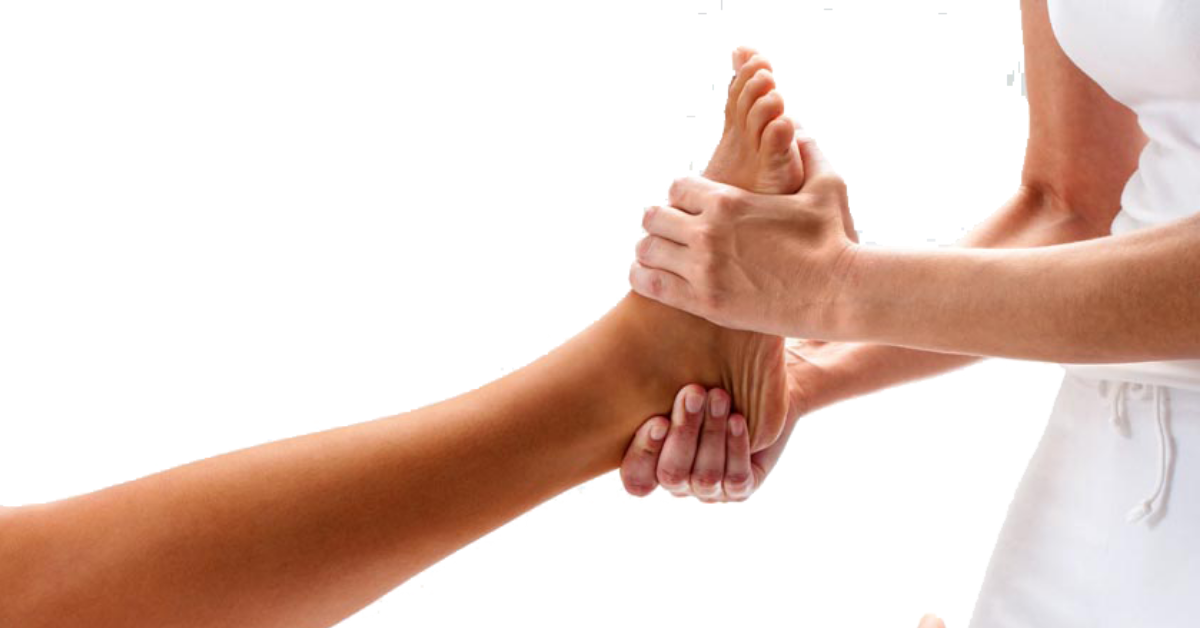Reflexology is a form of holistic natural therapy. It involves applying varying amounts of pressure to the hands, feet, and ears. This is based on a theory that such body parts are connected to certain organs of the body. Individuals who practice this form of therapy are called reflexologists. The central belief in reflexology is that applying pressure to these parts of the body offers many health benefits.
Use in traditional Chinese medicine
Reflexology is based on the ancient Chinese belief in vital energy or ‘qi’. The word ‘qi’ is pronounced as ‘chee’. According to this belief, qi flows through every individual on this planet. Whenever a person is feeling stressed, his or her body is blocking qi.
This causes a certain imbalance in that individual’s body, which leads to an illness. The purpose of reflexology is to maintain the flow of qi throughout the body. After all, this is what keeps it balanced and free from diseases or illnesses. According to Chinese medicine, different body parts are linked through pressure points on the body.
Reflexologists make use of the maps of these points located on the hands, feet, and ears. This is done to determine the point where they must apply pressure. Their touch sends the qi flowing through the individual’s body until it reaches the place that requires healing.
Other theories
In the late 19th century, British scientists discovered that nerves connected the skin and internal organs. They also found that the entire human nervous system adjusts itself to outside factors. This includes touch. The central nervous system can be calmed with the touch of a reflexologist. Just like any other form of massage, it results in relaxation and several other benefits.
Many others believe that pain is created by the brain as a subjective experience. There are times when the brain reacts to physical pain. However, in several other cases, the brain’s creation of pain is a response to mental or emotional distress. It is believed by some reflexologists that this form of holistic natural therapy reduces pain through a calming touch. It helps in relieving stress and improving a person’s mood.
Another belief used by some to explain the working of the reflexology is the ‘Zone Theory’. According to this theory, the human body comprises 10 vertical zones. Each of these zones has different body parts and it corresponds to certain toes and fingers. Zone theory practitioners believe that they can access body parts in a zone by touching these fingers and toes.
What research says
Studies that have been done on reflexology are not sufficient enough. Many experts feel that the studies that have been done until now lack quality. Additionally, a review from 2014 concluded that reflexology is not an effective treatment for any medical condition. The fact remains that reflexology certainly has some value as a complementary natural therapy.
It helps in reducing symptoms and improving an individual’s quality of life. With the massage of certain areas of the feet, one can certainly get much relief from stress or discomfort. A study funded by the National Cancer Institute was conducted in 2011. The experts studied how reflexology treatments would affect 240 women with advanced breast cancer.
All of them were undergoing medical treatment for their disease. The study found that reflexology was instrumental in reducing some of their symptoms. It was also reported by the participants that reflexology had improved their quality of life.


